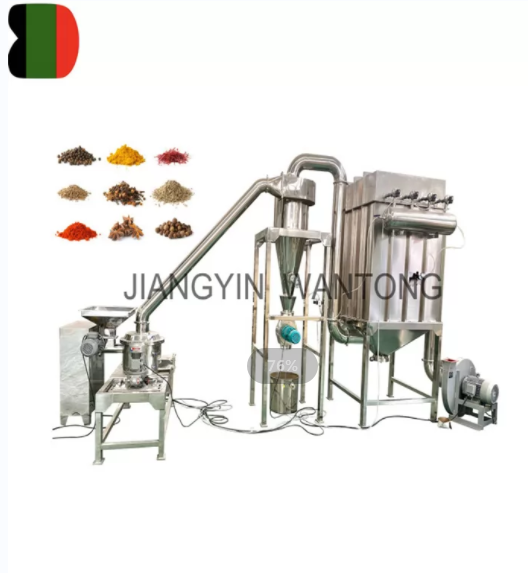How does a fine powder grinding machine work?
Fine powder grinding machines are widely used in various industries to process materials into finely ground powders. These machines play a crucial role in the production of products such as pharmaceuticals, chemicals, minerals, food ingredients, and many others. But have you ever wondered how these machines actually work? In this article, we will explore the working principle of a fine powder grinding machine.
At its core, a fine powder grinding machine is designed to reduce the size of solid materials into smaller particles. This process is achieved through the application of mechanical forces, such as impact, compression, and attrition. Let's delve deeper into the working mechanism of these machines.
Feeding: The process begins with feeding the material into the grinding machine. The material to be ground is usually loaded into a hopper or a feeding mechanism, which then delivers it to the grinding chamber.
Grinding Chamber: The grinding chamber is the heart of the fine powder grinding machine. It is a cylindrical or conical container where the actual grinding takes place. The chamber is lined with durable materials designed to withstand the abrasive nature of the grinding process.
Grinding Media: Within the grinding chamber, there are typically one or more grinding media, such as balls, rods, or pebbles. These media are responsible for applying the necessary forces to break down the material into smaller particles. The selection of the grinding media depends on the characteristics of the material being processed.
Grinding Process: As the material and grinding media interact within the chamber, various forces come into play. Impact forces occur when the grinding media collide with the material, causing it to break apart. Compression forces are exerted when the material is squeezed between two surfaces, such as between two grinding media or between a grinding media and the chamber wall. Attrition forces arise when the material rubs against the grinding media, resulting in gradual wear and reduction in size.
Size Classification: After the grinding process, the fine powder is separated from the larger particles. This is achieved through a classification mechanism, which can be a screen, air classifier, or cyclone separator. The classified particles are then collected separately, while the larger particles are returned to the grinding chamber for further processing.
Control Systems: Fine powder grinding machines are equipped with control systems to regulate various parameters, such as the speed of rotation, feed rate, and airflow. These controls ensure optimal grinding conditions and consistent particle size distribution.
Discharge: Once the grinding and classification processes are complete, the fine powder is discharged from the machine. Depending on the application, the powder may be collected in bags, bins, or conveyed to subsequent processes for further handling or packaging.
It is important to note that the specific design and operation of fine powder grinding machines may vary depending on the manufacturer and the intended application. However, the fundamental principles of size reduction through mechanical forces remain consistent across different machines.
In conclusion, fine powder grinding machines operate by applying mechanical forces to break down solid materials into smaller particles. The grinding chamber, grinding media, and control systems all play critical roles in achieving the desired particle size and quality. Understanding the working principle of these machines can help us appreciate their importance in various industries and their impact on the production of countless products that enrich our daily lives.



